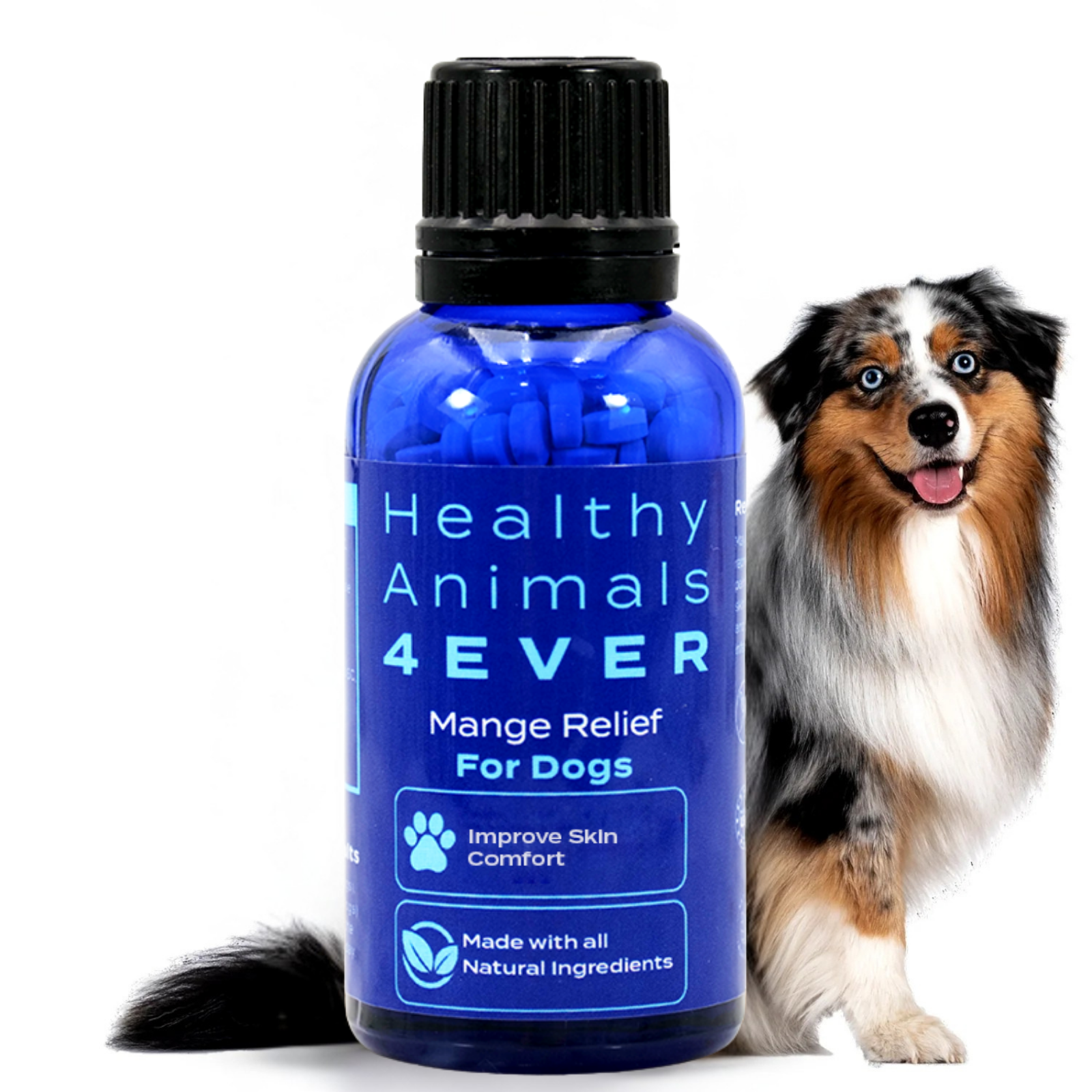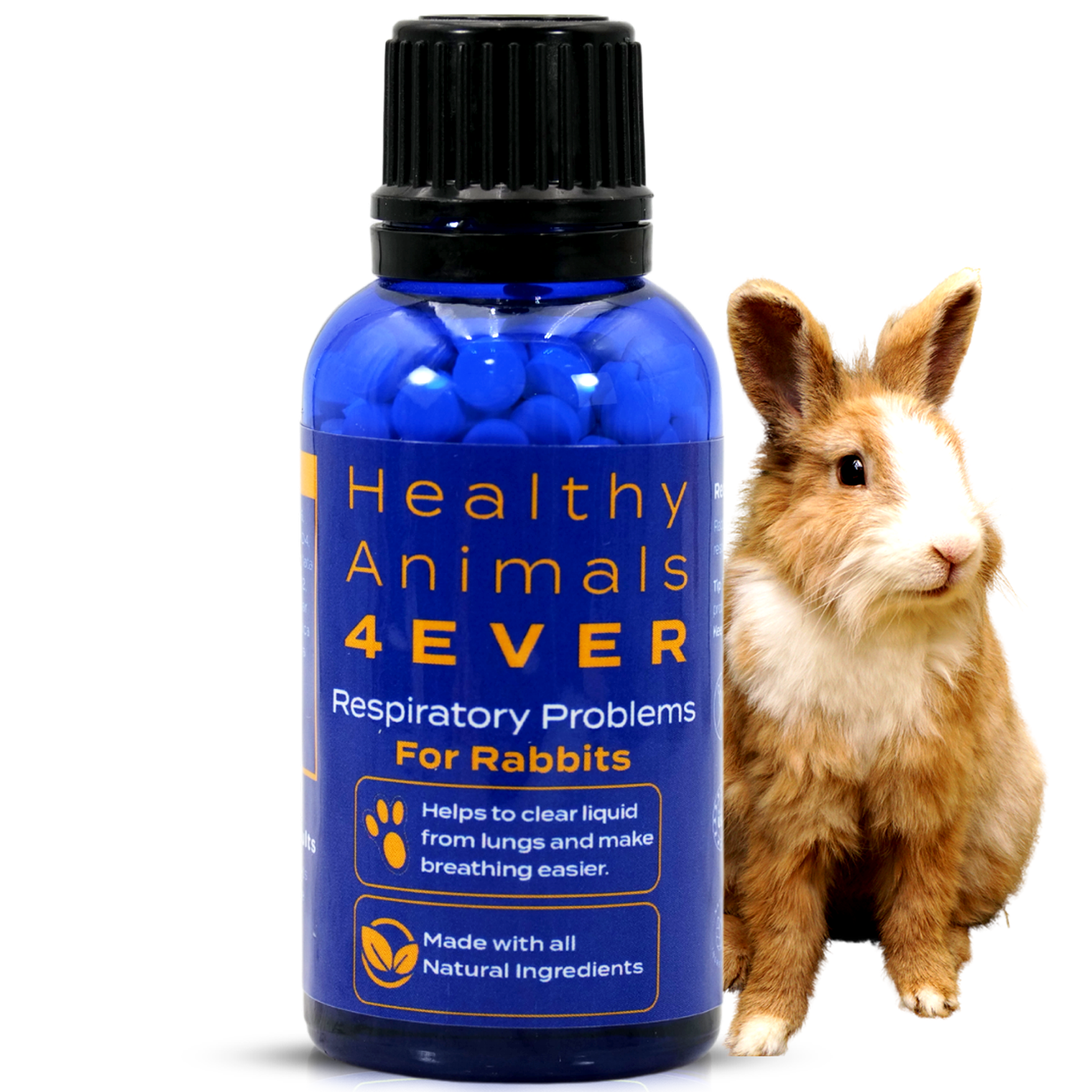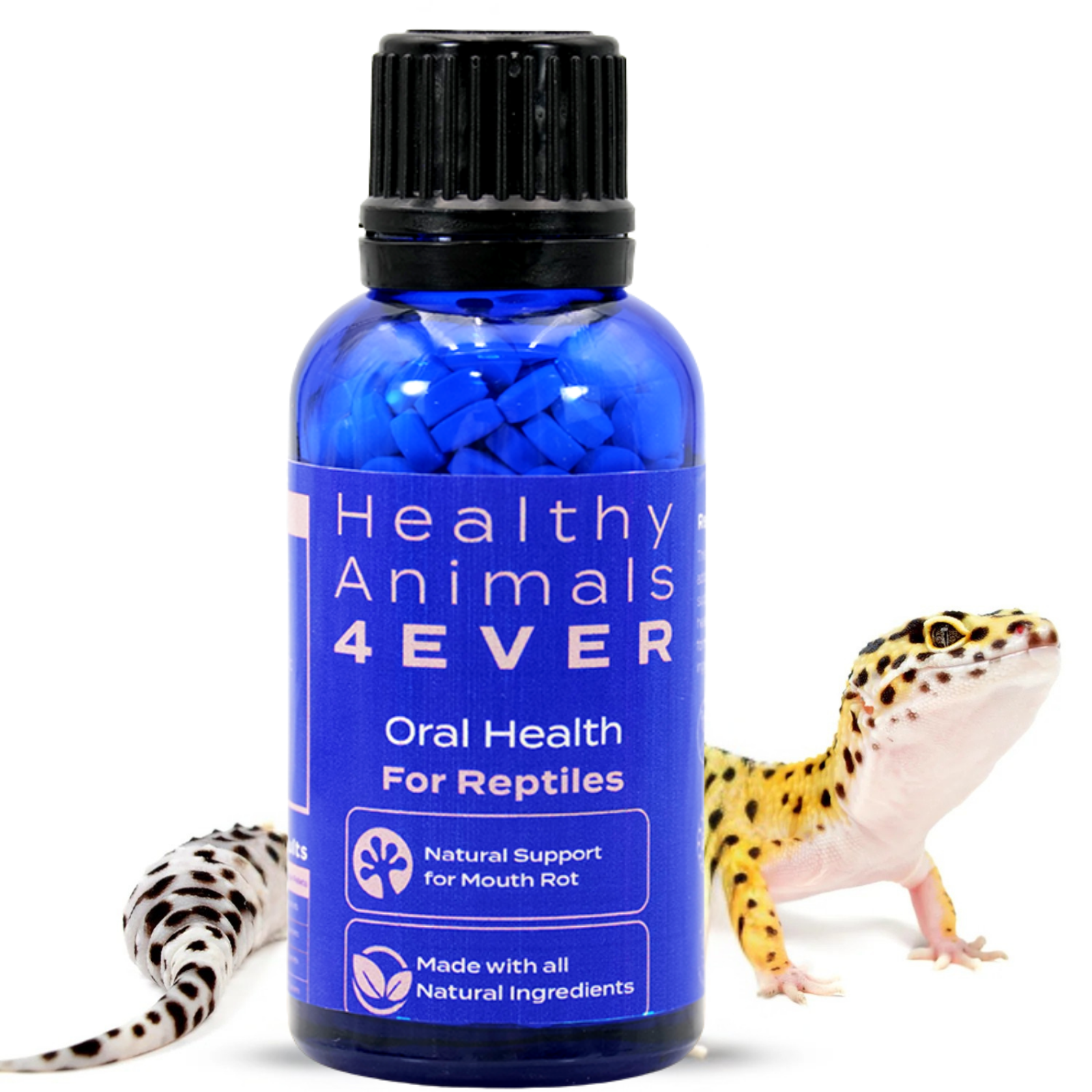Homemade Sweet Itch Remedies for Horses: Prevention, Treatment & Care Tips
If you’ve ever watched your horse spend half the summer scratching like mad, you’ll know how frustrating sweet itch can be. Sweet itch can leave your horse uncomfortable, sore, and looking a bit worse for wear. And because it’s caused by an allergic reaction to small biting midges, it tends to come back year after year.
But you can make a huge difference with some know-how and care. In this post, we’re exploring natural ways to prevent sweet itch and homemade sweet itch remedies for horses. These solutions are kinder to your horse’s skin, safer for long-term use, and better for the environment.
Skin Conditions offers natural support for horses' skin health. Recommended for skin issues like itching, redness, and inflammation. Promotes healthy and comfortable skin. All-natural formula. Safe and gentle for all horse breeds.
What Is Sweet Itch?
If you’ve ever watched your horse relentlessly rubbing their mane, tail, or belly in summer, you might know what sweet itch is.
It’s not just a case of “a few bug bites.” Sweet itch is actually an allergic reaction to the saliva of tiny biting midges, mainly Culicoides species. These midges are most active in warm and damp weather (exactly the conditions we tend to get in late spring through early autumn).
For some horses, just a few bites can trigger intense itching, skin inflammation, and even hair loss. You might notice patches of broken skin, thickened areas, or sore spots where they’ve been scratching against fences or trees.
What makes sweet itch tricky is that once a horse develops the allergy, it usually comes back every year. So while we can’t “cure” it outright, we can manage it with the right approach.

Why Choose Natural Solutions?
There’s no shortage of sprays, creams, and treatments out there for sweet itch, many of them chemical-based. And while they can help, some horse owners prefer to use natural products, either as a first choice or alongside conventional care.
Here’s why natural solutions are worth considering:
-
Gentler on sensitive skin: Horses with sweet itch often have delicate and irritated skin. Harsh chemicals can sometimes make things worse, while natural ingredients tend to be more soothing.
-
Safer for long-term use: Because sweet itch is seasonal and recurring, you’ll probably be using products for months at a time. Natural remedies can reduce the risk of buildup or side effects over repeated use.
-
Better for the environment: Runoff from sprays and washes ends up in the soil and water. Plant-based or biodegradable products are less likely to cause harm to the local ecosystem.
-
Whole-horse health: Many natural approaches focus on improving skin resilience, boosting the immune system, and supporting overall well-being (not just masking symptoms).
Of course, “natural” doesn’t always mean risk-free. You still need to check that any product or ingredient is safe for horses.

How To Prevent Sweet Itch?
One of the best ways to manage sweet itch is to stop midges from biting in the first place. We know it sounds obvious… But it’s amazing how much difference a few small changes in your horse’s environment can make.
-
Time turnout carefully: Midges are most active at dawn and dusk, so if you can, turn your horse out in the middle of the day or overnight when they’re less of a nuisance.
-
Find the breezy spots: Midges aren’t great fliers. They struggle in the wind, so turning your horse out in an open and airy paddock (or one with good natural airflow) can help keep them away.
-
Shelter smartly: A well-placed field shelter can give your horse a shady and breezy refuge. Bonus points if it’s fitted with fine mesh on the openings to stop midges getting in.
-
Reduce midge breeding grounds: Standing water is a perfect spot for midges to breed. Try to drain or fence off boggy areas and keep water troughs clean and fresh.
Sometimes, a combination of these small changes can make a big difference, especially if you start before midge season kicks in.

Natural Topical Treatments
Even with the best prevention, a few bites are bound to happen. Natural topical treatments can soothe itchy skin and make your horse less appealing to midges in the first place.
-
Soothing herbs and plants: Aloe vera gel, calendula cream, and chamomile-infused rinses can all help calm irritated skin and promote healing. They’re gentle, moisturising, and smell nice too.
-
Aloe vera gel: Use pure aloe vera without added alcohol. Apply a thin layer directly to itchy or sore patches once or twice a day.
-
Calendula cream: Dab lightly on small scabs or broken skin to soothe irritation and support healing. Apply with clean hands or a soft cloth.
-
Chamomile rinse: Steep a handful of dried chamomile flowers or 3–4 chamomile tea bags in hot water. Let it cool completely, then use the liquid as a gentle rinse or wipe affected areas with a soft cloth.
-
Patch-test first: Apply to a small area and wait 24 hours to make sure your horse’s skin doesn’t react before using more widely.
-
-
Essential oils: Oils like citronella, lavender, or tea tree can deter insects, but they need to be diluted properly before applying to your horse.
-
For horses, a good rule is no more than 5–10 drops of essential oil in 500ml (about 2 cups) of water, aloe vera gel/juice, or a light carrier oil like coconut or sunflower.
-
Always patch-test first: apply a little to a small area and wait 24 hours to check for irritation. And never apply essential oils directly to the skin without diluting them; they can be far too strong.
-
-
DIY fly sprays: You can make your own natural repellent by mixing water, apple cider vinegar, a splash of witch hazel, and a few drops of insect-repelling essential oils. Shake well before use and test on a small patch first.
-
Barrier balms: A thick and natural balm (like those made from beeswax and oils) can create a physical barrier on vulnerable spots like the base of the tail or along the mane. It stops midges from biting and helps existing sores heal.
Wounds Support is designed for wound care. Natural therapy for pain and inflammation in injured areas. Useful for wounds with bacterial infection or other harmful factors. All-natural formula. Safe and gentle for all horse breeds.
The key with natural treatments is to reapply often (especially after rain or sweat) since they don’t have the same staying power as some chemical products. But the trade-off is they’re much kinder to the skin.

Diet Tips for Sweet Itch Support
Sweet itch is an immune system overreaction, not just a skin problem. So, helping your horse from within can help their body cope better during midge season.
Here is what to feed a horse with sweet itch:
-
Omega-3s for skin health: Flaxseed (linseed) oil, chia seeds, or hemp oil are all great sources of omega-3 fatty acids. These help reduce inflammation and keep the skin healthy.
-
Anti-inflammatory herbs: Turmeric (about 1 teaspoon to 1 tablespoon daily, depending on horse size), dried nettle (a small handful), and spirulina powder (1–2 teaspoons) can be mixed into feed to help support healthy skin and reduce inflammation. Start with the lower amount and build up slowly while watching for any digestive changes.
-
Immune system boosters: Herbs like echinacea or rosehip are often used to support immune function, helping your horse respond more calmly to allergens.
-
Gut health matters too: A healthy digestive system supports a balanced immune system. Adding a good probiotic or prebiotic supplement can help keep everything in balance.
Colitis Support is a natural remedy for colitis. Promotes a soothing effect on the digestive tract and helps with discomfort caused by colitis. Supports healthy bowel function, may restore balance, and enhance overall well-being. All-natural formula. Safe and gentle for all horse breeds.
Always introduce new supplements slowly, and if in doubt, double-check with your vet or an equine nutritionist to make sure they’re right for your horse.

Protective Gear & Physical Barriers
Protective gear can be a lifesaver for horses, in particular during peak midge season.
-
Sweet itch rugs: These are specially designed fly rugs that cover more of the body, including the neck and sometimes even part of the face. Look for ones made from lightweight fabric so your horse stays cool.
-
Fly masks with ears: Midges love sensitive spots like ears and eyes, so a mask that includes ear covers can make a big difference.
-
Full-body coverage: For horses with severe sweet itch, full turnout outfits that combine a sweet itch rug, belly flap, and mask can give head-to-tail protection.
-
Natural repellent-embedded fabrics: Some rugs now come treated with plant-based insect repellents, giving you an extra layer of defence without harsh chemicals.
The main thing is to make sure the gear fits well and doesn’t rub. Check daily for any signs of chafing, especially around the shoulders and mane.

Daily Care Routine
A few minutes each day can go a long way toward keeping your horse comfortable and avoiding flare-ups.
-
Gentle grooming: Use a soft brush to remove dust, dirt, and loose hair without irritating sensitive skin. Avoid hard or stiff brushes on itchy spots.
-
Rinse after turnout: If your horse has been out when midges are active, a quick rinse with cool water (or a mild, natural wash) can help remove allergens and soothe the skin.
-
Reapply protection: Natural sprays and balms don’t last forever, so topping them up daily (or even twice a day during peak season) keeps them effective.
-
Spot-check problem areas: Take a quick look at the mane, tail, belly, and other favourite midge spots. Catching redness or broken skin early means you can treat it before it gets worse.
-
Keep gear clean: Rugs, masks, and fly sheets should be washed regularly to stop sweat, dirt, and old repellents from building up. A clean rug is much kinder on sensitive skin.

When to Seek Veterinary Help
Even with the best natural care, there are times when you’ll need a vet’s input. Sweet itch can get out of hand quickly if it’s not managed well, and some cases simply need stronger interventions.
Call your vet if you notice:
-
Open sores that are worsening or getting infected
-
Large areas of hair loss or thickened and crusty skin
-
Your horse seems restless, uncomfortable, or off their food
-
Home remedies aren’t making any difference after a couple of weeks
A vet can confirm the diagnosis (since other skin conditions can look similar), prescribe medication if needed, and help you put together a management plan that combines both natural and conventional options.
Getting professional help early can save your horse a lot of discomfort and prevent the condition from spiralling.

The Bottom Line
Combining smart prevention, homemade sweet itch remedies, and a consistent daily routine can help your horse stay far more comfortable
Every horse is different, so it might take some experimenting to find the right mix of solutions. But once you understand what works for your horse, you’ll both enjoy the warmer months a whole lot more.











